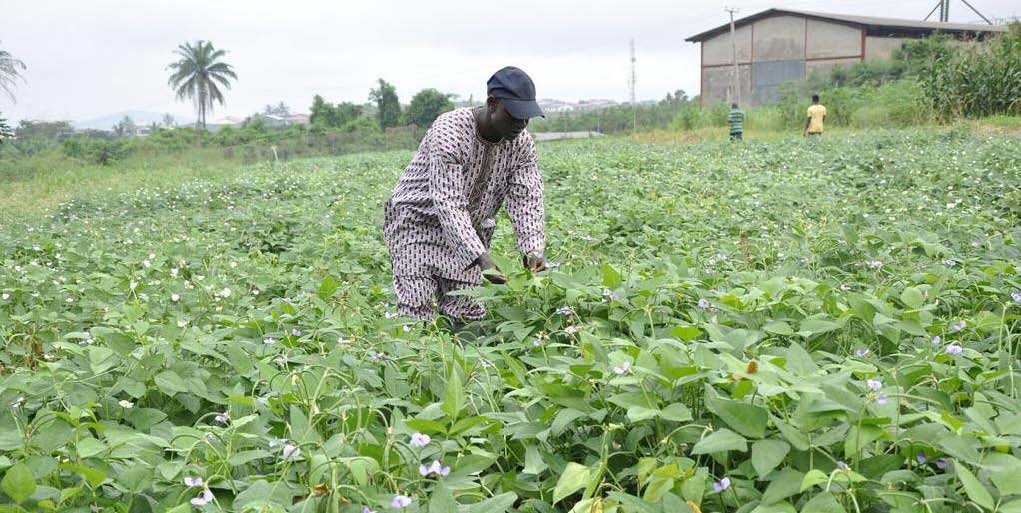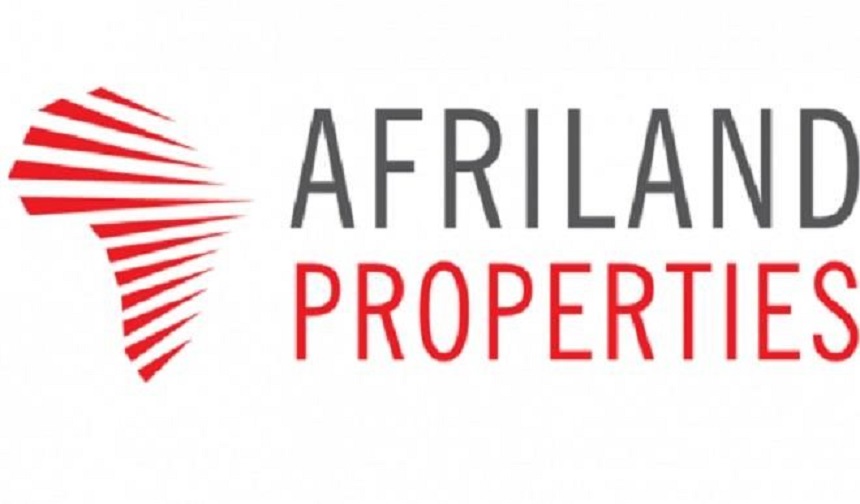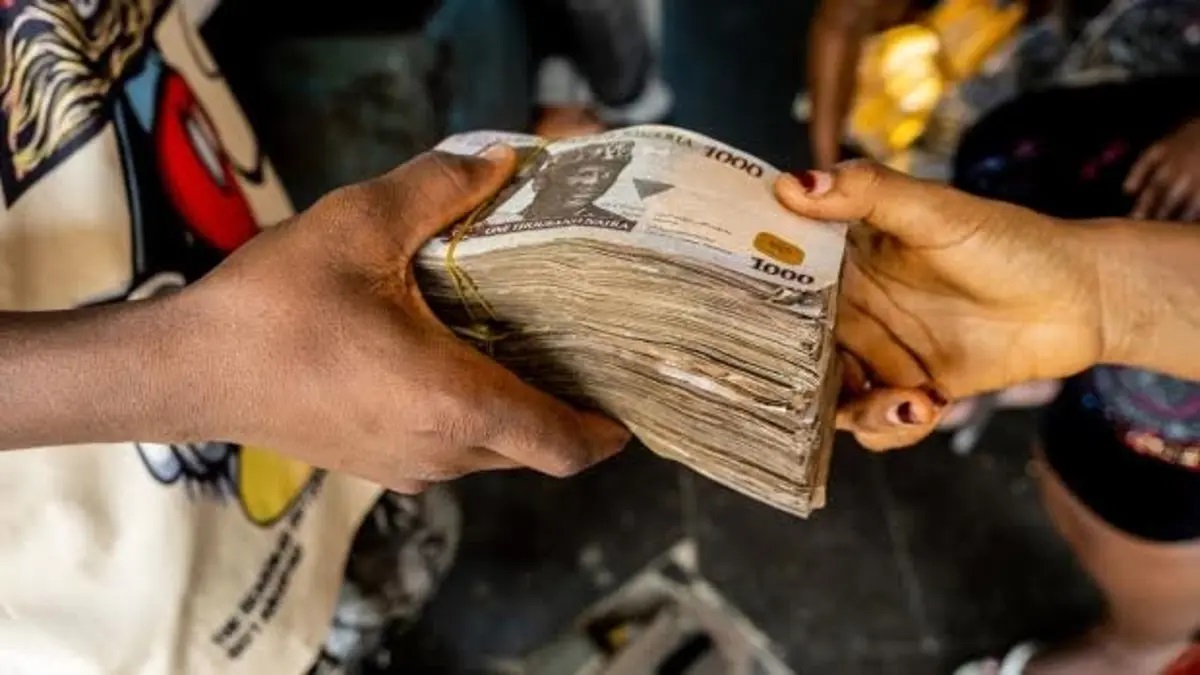Economy
Nigeria Releases 18 High-Yielding Crop Varieties

By Adedapo Adesanya
In order to boost agricultural productivity in Nigeria in line with the President Muhammadu Buhari 9-point agenda, the National Varieties Release Committee (NVRC) has released 18 high-yielding crop varieties.
The unveiling of these new crop varieties is expected to favour farmers in the country, who will now experience bountiful harvest going forward and in turn, make food cheaper.
During the announcement, the Chairman of NVRC, Mr Oladosu Awoyemi, said the 18 crops were taken from the 25 submitted by researchers.
While speaking during the 29th meeting at the National Centre for Genetic Resources and Biotechnology (NACGRAB) in Ibadan, Oyo State, according to a press statement from the Registrar of NACGRAB, Mr Sunday Aladele, the researchers were drawn from research institutions, universities and private seed companies.
In the statement issued on Sunday, it was disclosed that two sweet sorghum varieties (SAMSORG 50SW and SAMSORG 52SW), and four multipurpose cassava varieties (UMUCASS 47, UMUCASS 48, UMUCASS 49 and UMUCASS 50) were among the 18 approved.
NVRC also approved one poundable cassava variety (UMUCASS 51), two white maize hybrids (SC667 and SC419), one yellow maize variety (ILOMAZ – 1), and two pro-vitamin A maize varieties (SAMMAZ 59 and SAMMAZ 60).
Others were one medium maturing top – cross maize variety (SAMMAZ 61), two maize hybrids (SAMMAZ 62 and SAMMAZ 63), and three yam varieties (Dioscorea alata – UMUDa 31 and Dioscorea rotundata –UMUDr 29 and UMUDr 30).
The statement explained that the sorghum varieties were released based on their high brix content and high extract yield.
The agency declared that the cassava varieties were released based on high-quality flour product and high dry matter while the maize varieties were released based on high grain yield and excellent husk cover, tolerance to drought, low nitrogen and high pro-vitamin A content.
The three yam varieties were released based on the slow rate of oxidation, ability to be eaten in pounded form, high yield, and high dry matter content.
The statement disclosed that apart from the 18 released varieties, two-hybrid cotton were just registered by the committee to serve as a refuge for the released Bt Cotton.
Two-hybrid cottons were (MAHYCO C 567 and MAHYCO C 571) approved for registration only.
Developers of the 18 released crop varieties include the Institute for Agricultural Research (IAR), Zaria, the Raw Materials Research and Development Council (RMRDC), Abuja, and the International Institute of Tropical Agriculture (IITA), Ibadan.
Other developers are the National Root Crops Research Institute (NRCRI), Umudike, the University of Ilorin, the Institute of Agricultural Research and Training Ibadan; and Seed Co. Nigeria Ltd.
The International Maize and Wheat Improvement Center, Kenya, Bayer Crop Science, Petit, South Africa, and the African Agricultural Technology Foundation, Kenya are also among developers of the released varieties.
It also noted that Mr Awoyemi said the meeting was held once or twice yearly with the target of increasing agricultural productivity of Nigerian farmers through the provision of high yielding crop varieties.
Economy
Afriland Properties Lifts NASD OTC Securities Exchange by 0.04%

By Adedapo Adesanya
Afriland Properties Plc helped the NASD Over-the-Counter (OTC) Securities Exchange record a 0.04 per cent gain on Tuesday, December 10 as the share price of the property investment rose by 34 Kobo to N16.94 per unit from the preceding day’s N16.60 per unit.
As a result of this, the market capitalisation of the bourse went up by N380 million to remain relatively unchanged at N1.056 trillion like the previous trading day.
But the NASD Unlisted Security Index (NSI) closed higher at 3,014.36 points after it recorded an addition of 1.09 points to Monday’s closing value of 3,013.27 points.
The NASD OTC securities exchange recorded a price loser and it was Geo-Fluids Plc, which went down by 2 Kobo to close at N3.93 per share, in contrast to the preceding day’s N3.95 per share.
During the trading session, the volume of securities bought and sold by investors increased by 95.8 per cent to 2.4 million units from the 1.2 million securities traded in the preceding session.
However, the value of shares traded yesterday slumped by 3.7 per cent to N4.9 million from the N5.07 million recorded a day earlier, as the number of deals surged by 27.3 per cent to 14 deals from 11 deals.
Geo-Fluids Plc remained the most active stock by volume (year-to-date) with 1.7 billion units sold for N3.9 billion, trailed by Okitipupa Plc with 752.2 million units valued at N7.8 billion, and Afriland Properties Plc with 297.5 million units worth N5.3 million.
Also, Aradel Holdings Plc remained the most active stock by value (year-to-date) with 108.7 million units worth N89.2 billion, followed by Okitipupa Plc with 752.2 million units valued at N7.8 billion, and Afriland Properties Plc with 297.5 million units sold for N5.3 billion.
Economy
Naira Trades N1,542/$1 as FX Speculators Dump Dollars in Panic

By Adedapo Adesanya
The Naira continued to appreciate on the US Dollar at the Nigerian Autonomous Foreign Exchange Market (NAFEM), gaining 0.7 per cent or N10.23 on Tuesday, December 10 to trade at N1,542.27/$1 compared with the preceding day’s N1,552.50/$1.
The Central Bank of Nigeria (CBN)-backed Electronic Foreign Exchange Matching System (EFEMS) platform introduced to tackle speculation and improve transparency in Nigeria’s FX market has been attributed as the source of the Naira’s appreciation.
Speculators holding foreign currencies, particularly the US Dollar, have seen the value of their money drastically drop due to the appreciation of the local currency. This is forcing them to dump greenback into the system and take the domestic currency alternative- a move that has seen available FX increase.
Equally, the domestic currency improved its value against the Pound Sterling in the official market during the trading day by N6.81 to sell for N1,955.12/£1 compared with Monday’s closing price of N1,961.93/£1 and against the Euro, it gained N10.84 to close at N1,613.00/€1, in contrast to the previous day’s rate of N1,623.84/€1.
Data from the FMDQ Securities Exchange showed that the value of forex transactions significantly increased yesterday by $228.85 million or 257.2 per cent to $401.17 million from the preceding session’s $112.32 million.
However, in the parallel market, the Nigerian currency weakened against the US Dollar on Tuesday by N5 to settle at N1,625/$1 compared with the previous day’s value of N1,620/$1.
In the cryptocurrency market, Dogecoin (DOGE) lost 4.8 per cent to sell at $0.39116, Litecoin (LTC) depreciated by 3.3 per cent to trade at $110.25, Binance Coin (BNB) went south by 2.3 per cent to $681.44, Ethereum (ETH) dropped 1.6 per cent to finish at $3,671.08, and Cardano (ADA) slid by 0.5 per cent to $0.8837
Conversely, Ripple (XRP) jumped by 5.4 per cent to $2.23 amid a continued shift for the coin with its parent company seeing the benefits of a crypto-friendly regulatory environment for US-based companies.
XRP is closely related to Ripple Labs, a high-profile payments company targeted by the SEC in 2020 on allegations of selling the token as a security to U.S. investors. Ripple fully cleared a long-drawn court case in 2024.
Further, Solana (SOL) expanded by 0.8 per cent to $219.75, Bitcoin (BTC) grew by 0.4 per cent to $97,446.95, while the US Dollar Tether (USDT) and the US Dollar Coin (USDC) remained unchanged at $1.00 each.
Economy
Chinese Demand, Europe, Syria Development Buoy Oil Prices

By Adedapo Adesanya
Oil prices rose on Tuesday, influenced by increasing demand in China, the world’s largest buyer, as well as developments in Europe and Syria, with Brent crude futures closing at $72.19 per barrel after chalking up 5 cents or 0.07 per cent while the US West Texas Intermediate finished at $68.59 a barrel after it gained 22 cents or 0.32 per cent.
China will adopt an “appropriately loose” monetary policy in 2025 as the world’s largest oil importer tries to spur economic growth. This would be the first easing of its stance in 14 years.
Chinese crude imports also grew annually for the first time in seven months, jumping in November on a year-on-year basis.
Speculation about winter demand in Europe also contributed to the rise in prices as the period has been known for high demand.
In Syria, rebels were working to form a government and restore order after the ousting of President Bashar al-Assad, with the country’s banks and oil sector set to resume work on Tuesday.
Although Syria itself is not a major oil producer, it is strategically located and has strong ties with Russia and Iran – two of the world’s largest oil producers.
Market analysts noted that the tensions in the Middle East seem contained, which led market participants to price for potentially low risks of a wider regional spillover leading to significant oil supply disruption.
The market is also looking forward to the US Federal Reserve, which is expected to make a 25 basis point cut to interest rates at the end of its December 17-18 meeting.
This move could improve oil demand in the world’s biggest economy, though traders are waiting to see if this week’s inflation data derails the cut.
Crude oil inventories in the US rose by 499,000 barrels for the week ending November 29, according to The American Petroleum Institute (API). Analysts had expected a draw of 1.30 million barrels.
For the week prior, the API reported a 1.232-million barrel build in crude inventories.
So far this year, crude oil inventories have fallen by roughly 3.4 million barrels since the beginning of the year, according to API data.
Official data from the US Energy Information Administration (EIA) will be released later on Wednesday.
Also, the market is getting relief from the recent decision of selected members of the Organisation of the Petroleum Exporting Countries and its allies, OPEC+ to delay the rollback of 2.2 million barrels per day of oil production cuts to April from January. Another 3.6 million barrels per day in output reductions across the OPEC+ group has been extended to the end of 2026 from the end of 2025.
-

 Feature/OPED5 years ago
Feature/OPED5 years agoDavos was Different this year
-
Travel/Tourism8 years ago
Lagos Seals Western Lodge Hotel In Ikorodu
-

 Showbiz2 years ago
Showbiz2 years agoEstranged Lover Releases Videos of Empress Njamah Bathing
-

 Banking6 years ago
Banking6 years agoSort Codes of GTBank Branches in Nigeria
-

 Economy2 years ago
Economy2 years agoSubsidy Removal: CNG at N130 Per Litre Cheaper Than Petrol—IPMAN
-

 Banking2 years ago
Banking2 years agoFirst Bank Announces Planned Downtime
-

 Sports2 years ago
Sports2 years agoHighest Paid Nigerian Footballer – How Much Do Nigerian Footballers Earn
-

 Technology4 years ago
Technology4 years agoHow To Link Your MTN, Airtel, Glo, 9mobile Lines to NIN












